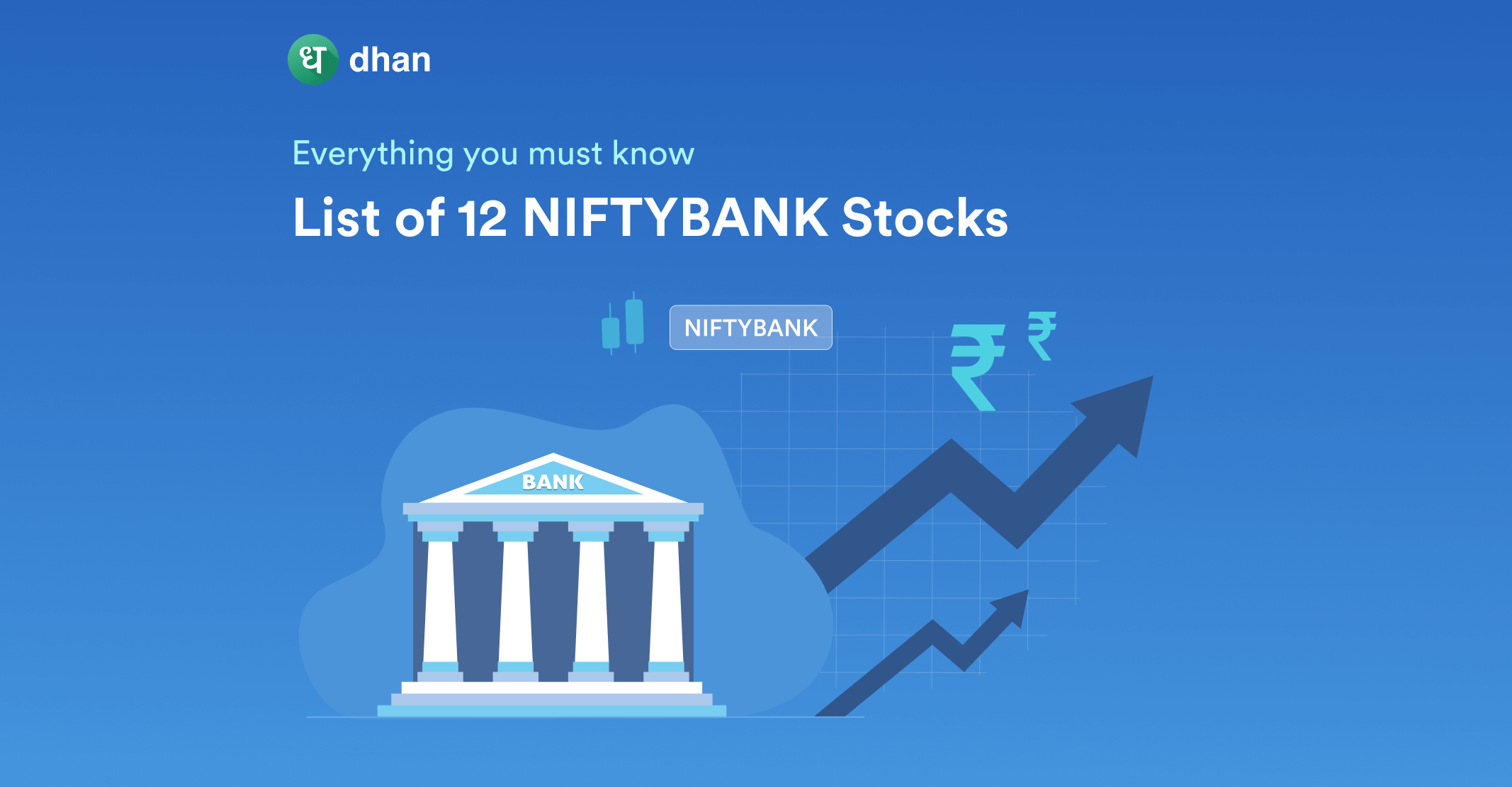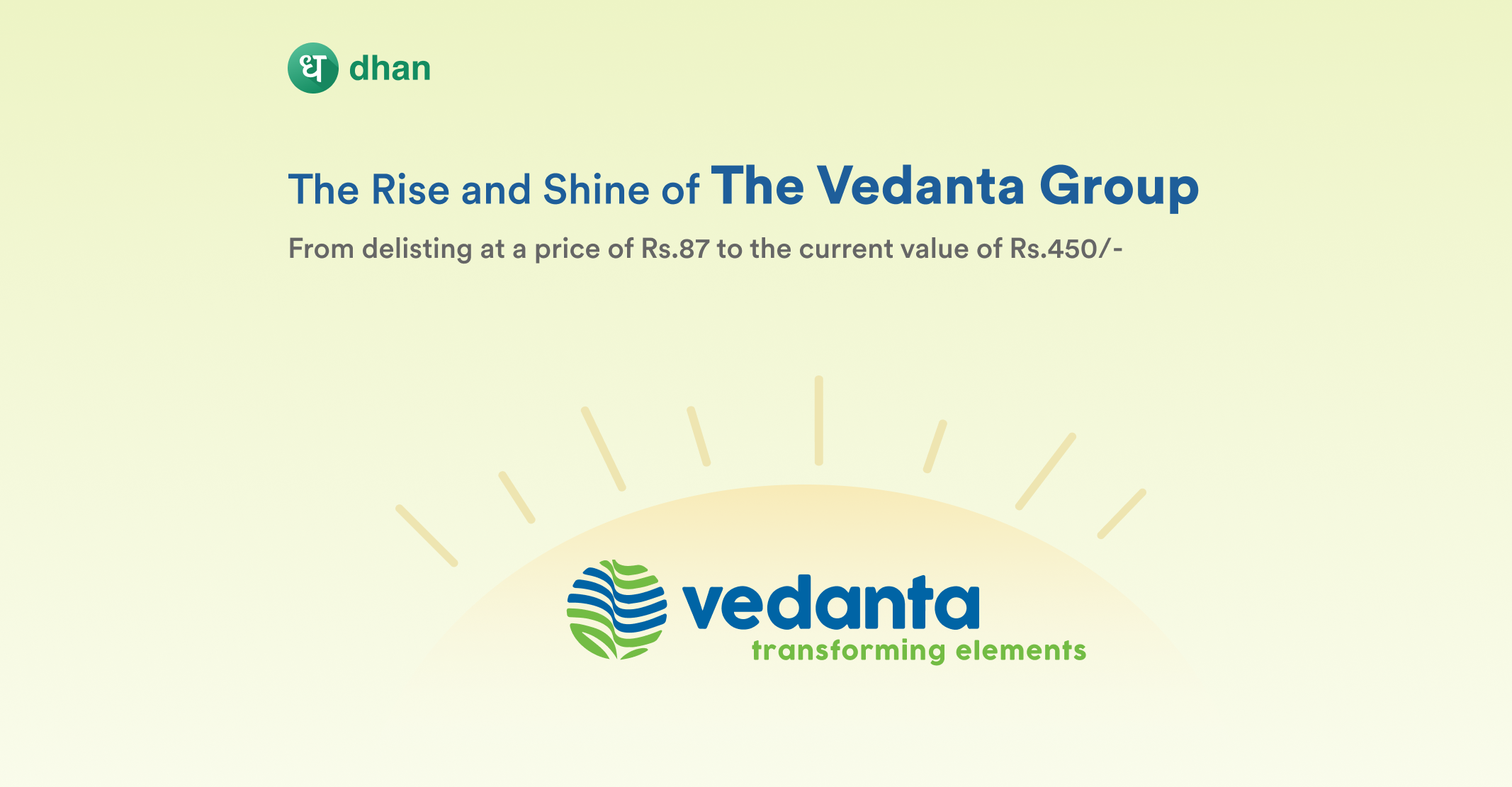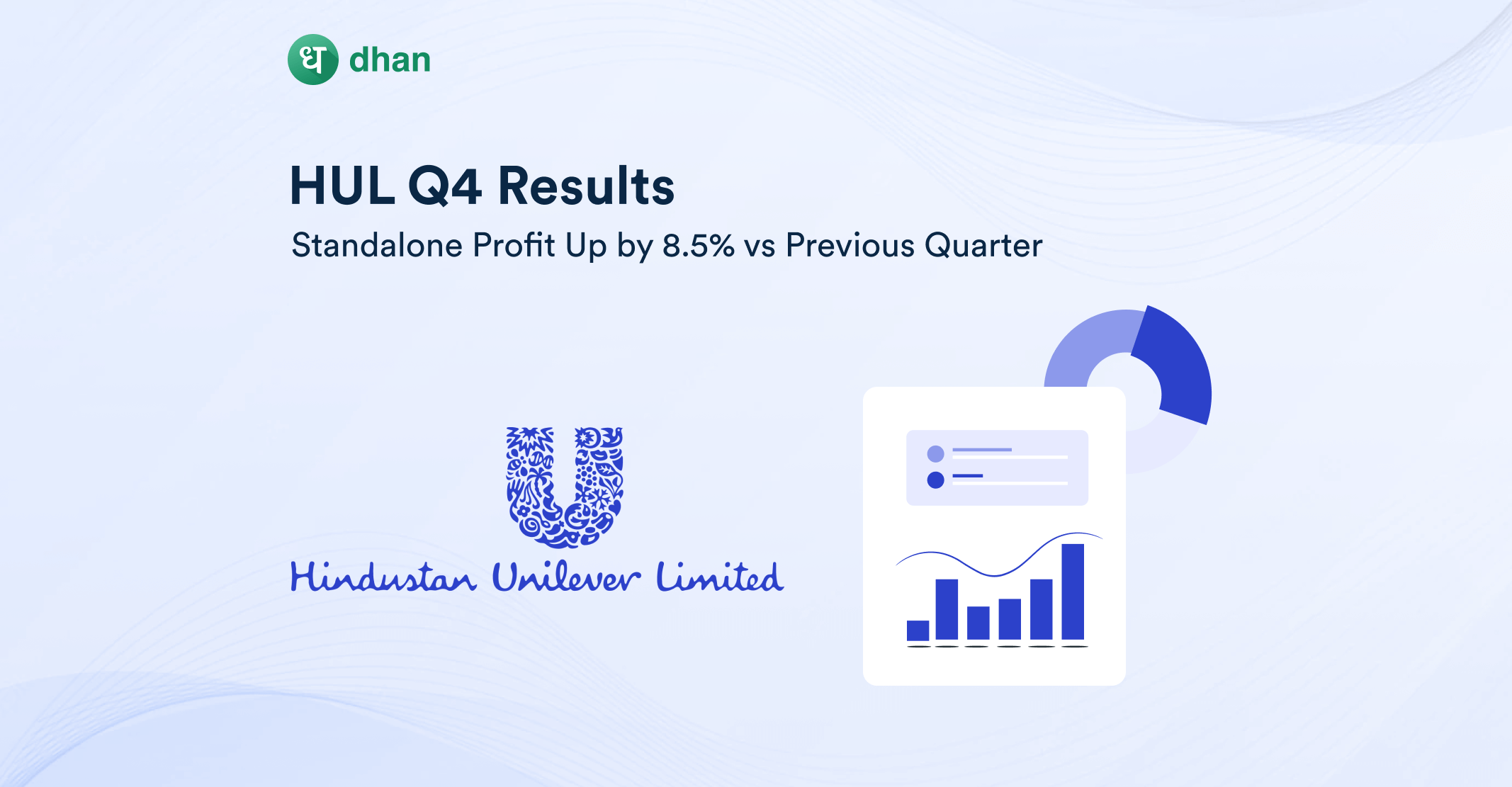Stock Market Index gives an insight into the overall trends of the markets and sentiment of the investors / traders towards a particular stock or set of stocks in an industry. Simply, an index is the stock exchange creating a portfolio of the top companies held by it based on market capitalization in the respective category.
What is Nifty Bank?
Nifty Bank or Bank Nifty is a key index of the National Stock Exchange (NSE) which constitutes the most liquid and large Indian banking stocks traded on the exchange. Nifty Bank is made of 12 Indian banking stocks which includes public as well as private banks.
The index was launched in the year 2000 by NSE Indices Limited (formerly known as India Index Services & Products Limited). It serves as a benchmark which captures the capital market performance of the Indian banks for investors and market intermediaries.
Eligibility criteria for getting listed under Nifty Bank
- The stocks of only those companies which are a part of the Nifty 500 index during the review can be included. If the number of eligible stocks representing the banking sector within Nifty 500 falls below 10, then the remaining ones are chosen from stocks which are ranked among the top 800 based on the average daily turnover and daily full market capitalization over the previous six months.
- The company should belong to the Indian banking sector.
- The stock trading frequency should be at least 90% in the last six months.
- The company should have been listed on the NSE for a minimum of six months. Companies which are launched with an IPO are eligible for inclusion in the Bank Nifty index if they fulfill the normal eligibility criteria for the index for a three-month period in place of the six-month period.
- The companies should be allowed to trade in the F & O (Futures and Options) segment.
The final selection of the 12 Nifty Banks is done on the basis of their free-float market capitalization. No company can be given a weightage of more than 33% in the index. Further, the weightage of the top three stocks cannot cumulatively exceed 62% at the time of rebalancing, which is performed on a semi-annual basis.
Nifty Bank – Portfolio Characteristics
| Methodology | Periodic Capped Free Float |
| Number of Constituents | 12 |
| Launch Date | September 15, 2003 |
| Base Date | January 01, 2001 |
| Base Value | 1000 |
| Calculation Frequency | Real Time |
| Index Rebalancing | Semi-Annually |
Nifty Bank – Fundamentals
| P/E Ratio | P/B Ratio | Dividend Yield |
| 20.51 | 2.71 | 0.33 |
List of Nifty Bank Stocks in India
| Bank Name | Weightage in Bank Nifty* | Market Cap (in INR Cr.) |
| HDFC Bank | 26.27% | 7,60,133 |
| ICICI Bank | 22.25% | 4,63,684 |
| Axis Bank | 12.35% | 2,06,919 |
| State Bank of India | 11.78% | 4,03,125 |
| Kotak Mahindra Bank | 11.67% | 3,45,552 |
| IndusInd Bank | 06.00% | 67,809 |
| AU Small Finance Bank | 02.65% | 35,941 |
| Bandhan Bank | 02.08% | 42,967 |
| Federal Bank | 01.94% | 19,437 |
| IDFC First Bank | 01.31% | 26,145 |
| Punjab National Bank | 01.04% | 39,199 |
| RBL Bank | 00.66% | 7,889 |
🏦 How to invest in Nifty Bank stocks?
To invest in Nifty Bank you need to open Demat account with a trusted online stock broker. Also, following investment advice from experts is great but doing your own research is very important. Start today, start slow and build your wealth gradually.
Also, here is the list of Nifty 50 stocks in India that you can analyse and begin your investment journey.
Happy Investing 😇
Disclaimer: This blog is not to be construed as investment advice. Trading and investing in the securities market carries risk. Please do your own due diligence or consult a trained financial professional before investing.




Comments are closed.